NOTE: I think I have become obsessed with Plectica 🙂 Your feedback about my Plectica maps are appreciated. Thanks, Josefina Howard
1. What is the sender, receiver, feedback model and how does it apply to you?
The Sender-Receiver-Feedback Model takes account of psychological, cognitive, and contextual factors in communication. From a practical perspective, it shows that you (Sender) need to pay attention not only to your intended meaning, but also to the entire context in which communication takes place and which ultimately determines how your meaning is construed. To communicate effectively, you (Sender) have to understand the other’s (Receiver) situation: their history, social context, values, and psychology.
Managers and Leaders (Senders), need to understand the context in which others (Receivers) hear their words and construct and adjust their communication strategies accordingly. For organizations large and small, the key to an effective strategy is to identify specific audiences within and around your organization, analyze their contexts in terms of values and interests, and choose a means of engaging in two-way interaction with them (Feedback).
How does this model apply to me? One of my duties as a Special Education Instructional Assistant, I take two autistic children to a General Education 2nd Grade Classroom for two hours daily. My Lead SpEd Teacher expects me to keep the children’s behavior under control while they participate in the learning activities. I write detailed documentation of the daily lessons and the children’s behavior. I report to her so she has my feedback. Based on my reports, she adjusts each child’s Individual Education Plan (IEP) and assists me and the children in areas of need.
2. What are examples of barriers to communication in health care?
The Curse of Knowledge is the problem of imagining another person’s state of mind when you have a piece of knowledge that they lack (Heath and Heath, 2007). The Curse of Knowledge is evident every day at work, in presentations that hospital CEOs give to staff, in meetings that professionals conduct with colleagues from other disciplines, and in conversations that physicians have with patients.
Physicians, nurses, and technical specialists are trained in clinical settings, so their frame of reference makes it difficult to understand the practical import of the CEO’s message about operational performance. A similar problem occurs in clinical encounters, where misunderstandings are surprisingly common. There is evidence that patients misunderstand up to 80 percent of the information conveyed by their physicians (Britten et al., 2000). Uncertainty, anxiety, and lack of clinical training all get in the way.
There are five (5) Communication Barriers:
- Negative or Ambiguous Relationships – Take the time to get to know what is important to the people you work with. Successful stakeholder management depends upon your ability to establish, maintain, and deepen your connections with people.
- Poor Credibility – Establish competence by reliably making good on your commitments. Management expert Stephen Covey says that trust is “the one thing that changes everything. ” With it, almost any stakeholder can be won over; without it, you have a hard time getting anything done.
- Conflicting Belief Systems – Whenever you can, you should couch your messages in terms that resonate with the core beliefs and values of your stakeholders. These deeply held principles exert a strong influence on their opinions and actions.
- Conflicting Interests – At the very center of stakeholder management, like the bull’s eye in the middle of a target, are their self-interests, problems, and needs. If you can show your stakeholders that your idea furthers their interests, you will usually have a much easier time gaining their support.
- Communication Mismatches – When communicating the substance of your message, define it simply. Charles Kettering, the great engineer and inventor, stated: “A problem well stated is a problem half solved.” And according communications expert David Zarefsky, “definition is the key to persuasion.” After simplicity, the second-most important quality of your message is vividness.
By systematically planning to turn the barriers into assets, you help yourself imagine what it is like to view a situation from a stakeholder’s perspective and how to communicate your message to them. This is the best way to overcome the Curse of Knowledge.
3. When conducting a stakeholder analysis — or just simply thinking about your stakeholders’ interests in a systematic way — what are three important questions to ask? How do you see these questions being asked in health care? And who are the stakeholders?
Three (3) Stakeholder Questions:
- How much power or influence do they have?
- How much interest do they have in the project/initiative?
- How much knowledge/information do they have and need?
How do you see these questions being asked in health care?
By identifying the powerful decision-makers and assessing their interest level and amount of information they have about a proposed project or initiative, the decision-making process become streamlined and the project can move forward faster.
The ultimate goal is a practical one – managerial effectiveness. Two (2) important reasons why broad involvement of many different stakeholders is crucial to your success as a communicator:
- Stakeholders can offer their knowledge, expertise, attitudes, and suggestions about your ideas. By organizing this collective intelligence, you sharpen your own thinking.
- Stakeholders will be more committed and knowledgeable through being involved. And the more committed stakeholders are, the more willing they will be to support your ideas.
4. Create a stakeholder map for a health care organization and describe it — similar to the map on p. 173 of your textbook.
5. Create a Power-Interest Matrix for a health care organization and describe how you would create one.
6. Describe what a social network is. Use this class as an example. Then create a social network for this class — similar to the one on p. 178 of your textbook.
A Social Network is the connection(s) among a group of people and the broader environment in which they live and work.
In our class, HHP 630 Health Management, three online social platforms are used for communication and interaction: 1) Blackboard, 2) WordPress, and 3) Facebook. All class members and Dr. Schwandt can communicate with each other individually or as a group through any of the three online social platforms.
7. Create a social network for a large health care organization — similar to the one on p. 178 of your textbook.
8. Describe what the different communication networks are and provide examples of them.
Like social networks, communication networks are conceptual tools for managing the fl ow of information across large and complex organizations. They help organize your thinking about communication strategies.
The following examples illustrate the practical uses of a communication network:
- Chain: Simple hierarchical communication is most like a chain. Messages fl ow downwards and upwards from one level to another. Basic factual information, like work schedules or requests for vacation days, can be communicated in this way.
- Y: In a Y pattern, people report up to a superior, who in turn has a dual reporting relationship to two separate superiors. As a chief operating officer, for instance, you might recommend that a senior nurse in a large clinical department report directly to the department chair and to the chief nursing officer, each of whom has a “stake” in his or her performance at the departmental level. This ensures that both departmental and enterprise-wide “interests” are represented in the reporting relationship.
- Wheel: A wheel is suitable when you have to communicate with several people who have no need to communicate directly with each other. When you keep important stakeholders from different parts of an organization “in the loop”—department chairs, administrators, and staff—you are following this pattern.
- Circle: Peers, such as division chiefs, often communicate in a “circle” between regularly meetings and events. Anyone can communicate with anyone else, but no one is formally managing or controlling the communication. As a senior administrator, you might encourage this kind of self-managing information flow as a conscious strategy.
- All-Channel: Real-time team meetings are venues where “all-channel” communication takes place. Information flows freely as team members speak directly to each other.
9. Is strategic communication or leadership simply just manipulation? Define the three: strategic communication — leadership — manipulation. Then discuss your answer.
Definitions:
- Strategic Communication – Effective strategies of communicating information that are actionable, accessible, relevant, timely, understandable, and credible to different levels audiences across an organization.
- Leadership – The art of motivating a group of people to act towards achieving a common goal. In a management, this can mean directing teams, workers, and colleagues with a strategy to advance the organization’s mission, vision, and initiatives. The leader is the person in the group that possesses the combination of personality and leadership skills that makes others want to follow his or her direction.
- Manipulation – The action of manipulating something in a skillful manner
Is strategic communication or leadership simply just manipulation?
Answer: I believe an effective leader does not “manipulate” in an unscrupulous or malicious way. He/she leads with “authenticity” and a clear motive to relate to and understand the people he/she is leading toward a common goal and positive outcomes. Authentic leadership requires honesty, tact, level-headedness, adaptability, and awareness of his/her various personal/professional roles that give a range of “authentic selves” to draw from in each encounter with people. To communicate successfully, a true leader must learn to adapt to the “local culture” and speak many different “languages” without losing his/her authentic “self.”
10. What is TRIZ and how can you use the tools discussed in this presentation?
TRIZ is the Russian acronym for the “Theory of Inventive Problem Solving,” an international system of creativity developed in the U.S.S.R. between 1946 and 1985, by engineer and scientist Genrich S. Altshuller and his colleagues.
- TRIZ is a problem-solving philosophy based on logic, data and research, rather than on intuition. It draws on the past knowledge and ingenuity of thousands of engineers to speed up creative problem solving for project teams. Its approach brings repeatability, predictability and reliability to the problem-solving process and delivers a set of dependable tools. In other words, whatever problem you’re facing, somebody, somewhere, has already solved it (or one very like it). Creative problem solving involves finding that solution and adapting it to your problem.
- TRIZ is most useful in roles such as product development, design engineering, and process management. For example, Six Sigma quality improvement processes often make use of TRIZ.
TRIZ as it applies to our HHP 630 Class:
This class is built on breaking apart concepts; thus, we build concept maps (CM).
Dr. Schwandt has introduced students to many external tools and ideas (not found in the textbook) that are already proven effective in helping us learn and grasp healthcare management concepts. He wants us to learn from others who already have vast experience and expertise!
We do not have to reinvent the wheel! We can take proven tools, methods, and solutions and adapt them to our needs.
Examples: Online tools such as Plectica, Tableau, RationaleOnline; concepts such as Red Team, Toulmin Method, Cynefin Framework, Ooda Loop; various topics, concepts, and resources in each assignment; and discussions and feedback on Swarm Learning Facebook and the WordPress Learning Community.
- What is conceptual thinking? And what is the difference between an idea and a concept?
“Conceptual Thinking” is the ability to analyze hypothetical situations or abstract concepts to compile insight. Conceptual thinkers have an astute understanding of why something is being done. They can think at an abstract level and easily apply their insights to the situation.
For people in management or leadership positions, conceptual thinking skills allow them to:
- Visualize abstract concepts, see relations between them, and draw constructive conclusions.
- See ways in which the entire organization works as one to achieve its goals.
- Work with abstract ideas and concepts in creative ways.
- Comprehend the relations between different departments and link them to the functioning of the entire company.
- Put the organization itself in the bigger picture, plan its growth, see potential obstacles, and develop contingency plans on the basis of their concepts.
What is the difference between an idea and a concept?
Idea is (philosophy) an abstract archetype of a given thing, compared to which real-life examples are seen as imperfect approximations; pure essence, as opposed to actual examples.
Concept is an understanding retained in the mind, from experience, reasoning and/or imagination; a generalization (generic, basic form), or abstraction (mental impression), of a particular set of instances or occurrences (specific, though different, recorded manifestations of the concept). It is the final form of the idea.
A graphical example of Ideas turned into Concepts:
- What are the components of a function analysis and a function map?
“Function Analysis” is a decision-making approach in which a problem is broken down into its component functions (accounting, marketing, manufacturing, etc.). These functions are further divided into sub-functions and sub-sub functions … until the function level suitable for solving the problem is reached.
- Function Analysis consists of a number of Subject – Action – Object relationships.
- A function delivers an outcome we want and is achieved when a SUBJECT (or thing) performs an ACTION on an OBJECT (another thing).
A “Function Map” is a graphical representation of a multi-step process that includes the sequence of steps, individuals or roles involved in the execution of the steps, and departments responsible for different phases of the process.
- A functional map is useful for quickly identifying all of the process owners of a given process, as well as the points at which responsibility shifts from one area to another.
- A function map shows complex issues in a diagram that can be understood at a glance, and difficult problem solving is broken into small, easy-to-digest chunks.
- Build a Function Analysis and Function Map for this class (Swarm Learning).
- Create a 3D Map in Excel
How I created a 3D Map in Excel in 4 Steps: I do not have an original data with geographic information so I went to Microsoft online. I understand that in reality, it would take a very long time to gather data and create an Excel worksheet.
Step 1. I downloaded a Sample Excel Data (Dallas Utilities Data Workbook) from Microsoft 3D Maps Support Page. https://support.office.com/en-us/article/get-started-with-3d-maps-6b56a50d-3c3e-4a9e-a527-eea62a387030
Step 2. I opened the Dallas Utilities Data Workbook in my Microsoft 365 Excel program.
Step 3. I highlighted/selected all the cells that contain data.
Step 4. I clicked on the 3D Map icon. A 3D presentation of the data was created.
Josefina Howard’s Plectica Map/Presentation
Link: https://www.plectica.com/maps/I8EV85CZU?present=1
REFERENCES:
- Conceptual Skills https://zety.com/blog/conceptual-skills
- Concept Vs. Idea https://wikidiff.com/concept/idea
- Functional Analysis http://www.businessdictionary.com/definition/functional-analysis.html
- Functional Map http://www.businessdictionary.com/definition/functional-map.html
- TRIZ https://en.wikipedia.org/wiki/TRIZ
- WHO Communication Framework https://www.who.int/mediacentre/communication-framework.pdf
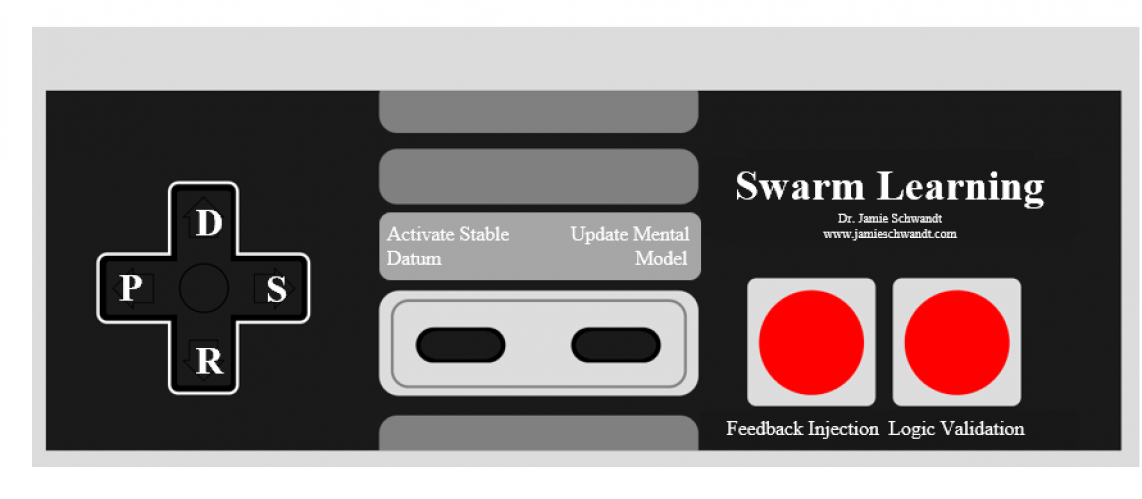
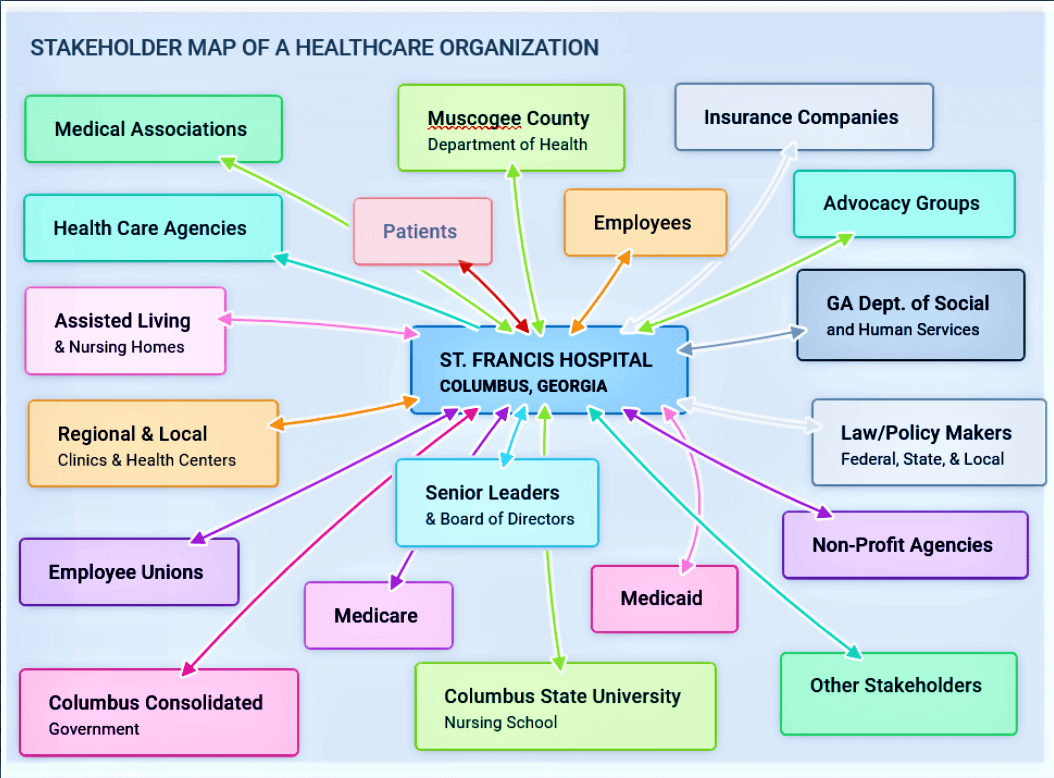
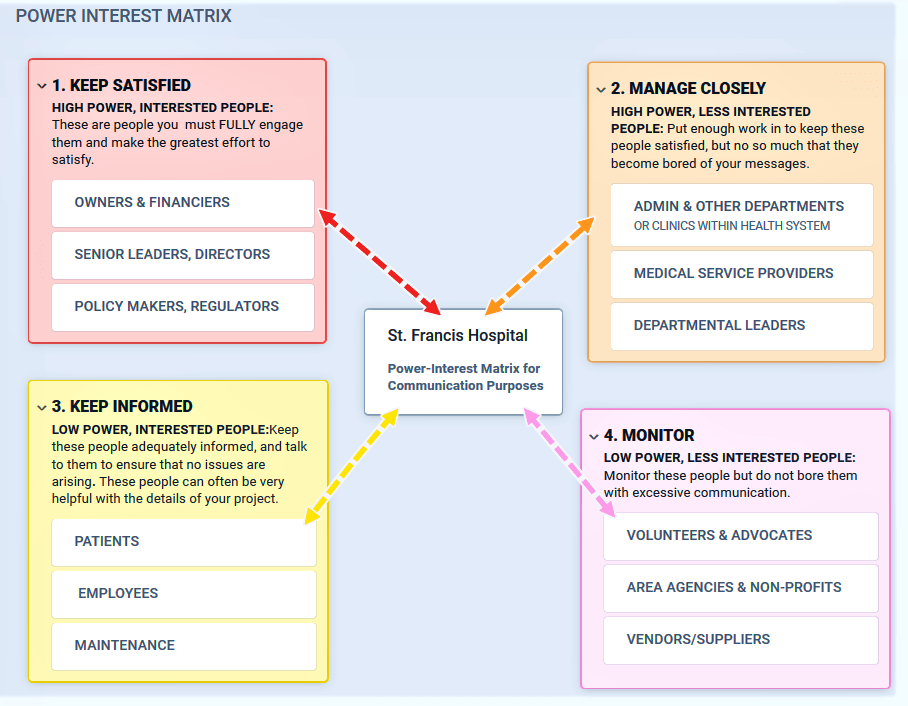
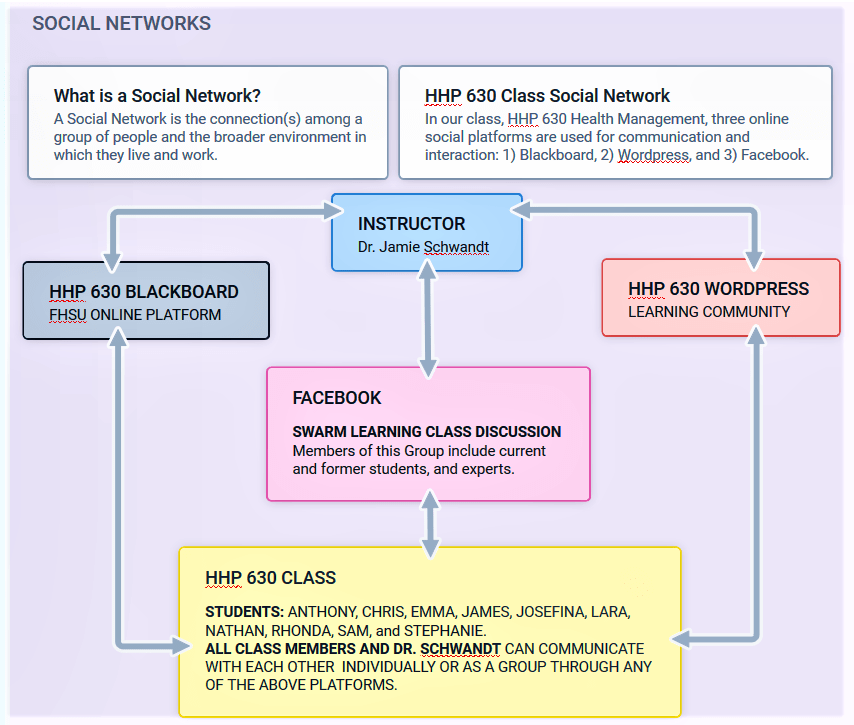


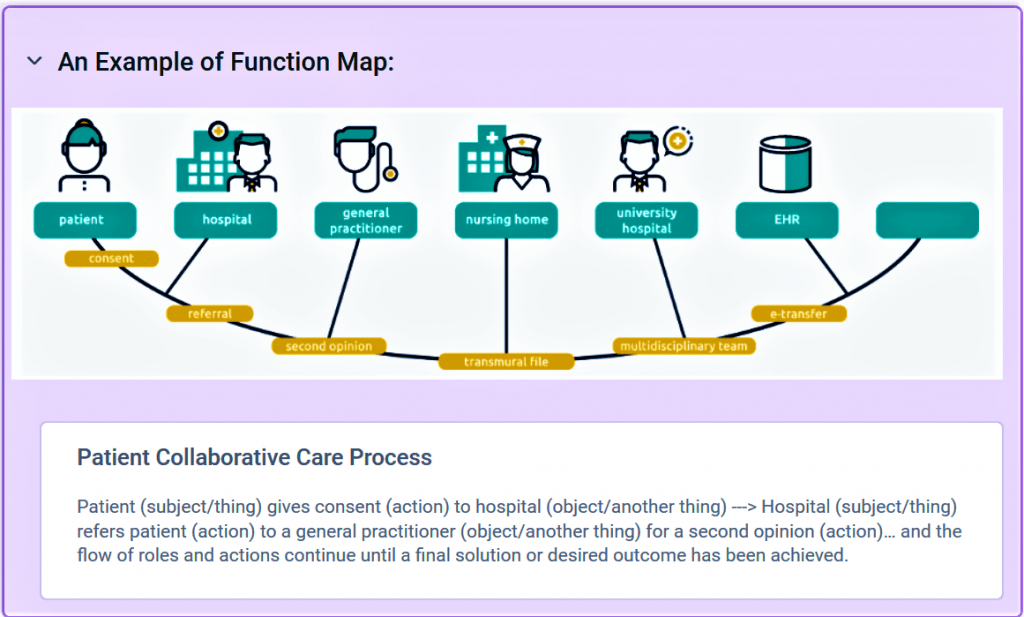




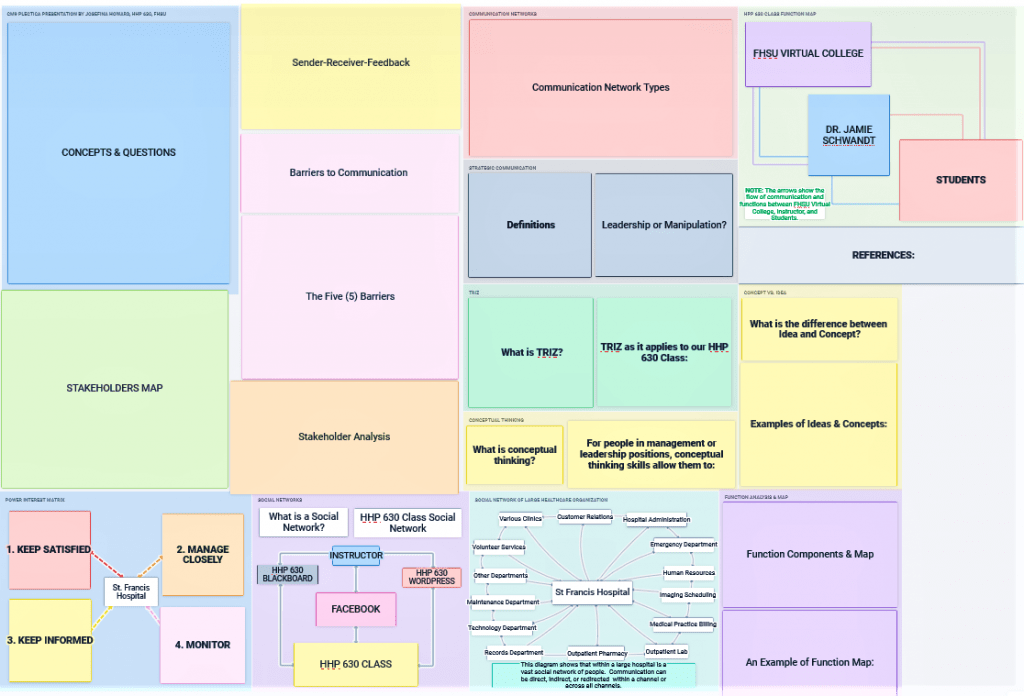
Wow! This is phenomenal! I am giving you extra credit for this one (and can’t wait to see the finished product). Please share with the Facebook Group once finished.
Dr. Schwandt,
Thank you! I think Plectica has become my new obsession! I love the creativity that it allows to break down concepts; therefore, increasing information retention for me! It is also very therapeutic! This is why I take so long to create the maps 🙂 I posted the maps and presentation on Facebook.
Sincerely,
Josefina
Your comments about the rift between providers and management in healthcare is spot-on. It seems that each one is convinced the other has no idea what they’re talking about!
I also like how you included screen shots of your maps in the description. Nice work!
Chris
Thanks, Chris! I appreciate your feedback and encouragement, as always!
You did an amazing job on this post! I could stare at your maps all day. I really love the colors and the detail you put into this assignment. I felt like you made everything flow well together. The pictures in your function map are a nice touch. That is a good idea to incorporate some type of visual into the maps we are creating. Great job!
I loved your functional map example, I thought it was really interesting and it drew my attention with its unique organization and qualities.
You obviously put an incredible amount of work into this map & I appreciate the time it took! Some of our social networking maps looked similar, which makes me feel good because you are always so detail oriented and your maps look incredible!
Wow! I think this would be the best post yet. You are so in depth with your analysis and writing, I cant wait to see your blog!
There is not one thing I can pick out from this map. Everything just works so well, and once you look through one part of this map there is a completely other side that draws in your attention. Amazing work.
Wow Josefina! Your maps are so visually appealing and creative! I can see you have fun with each and every one of them! Your ideas and concepts example, as well as you power interest matrix truly make what they mean so understandable. Nice!